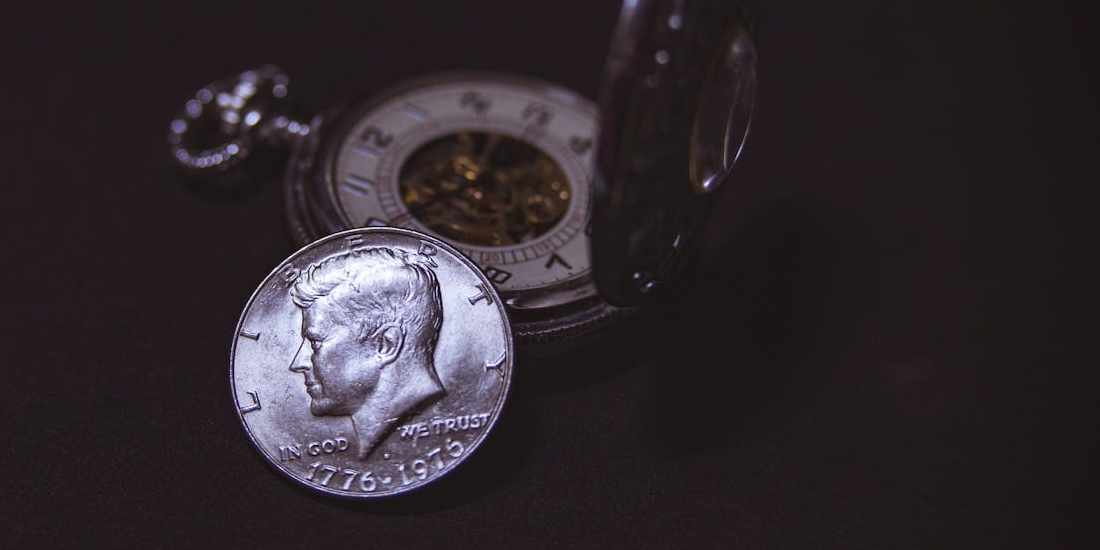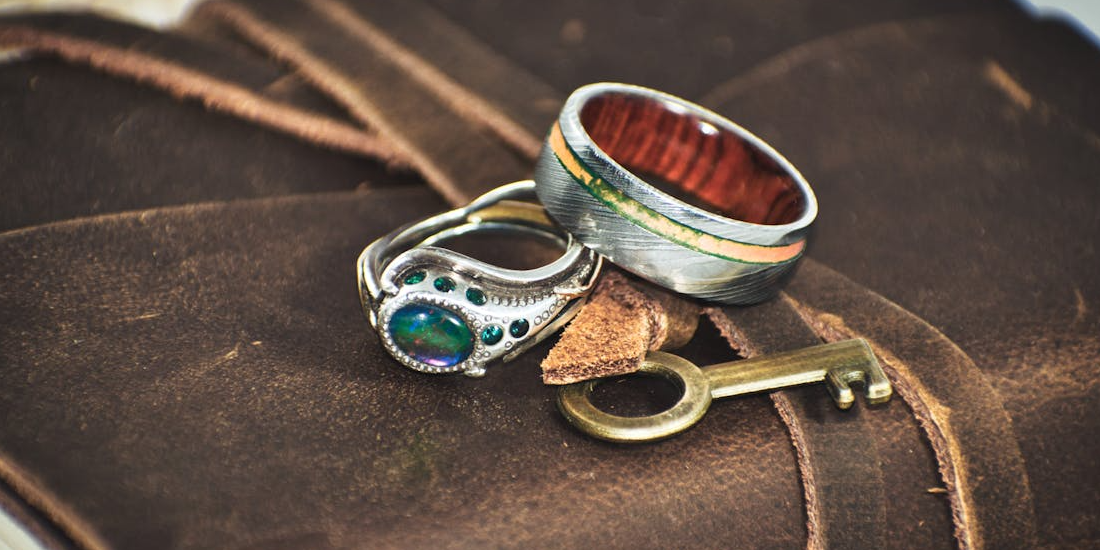But what exactly does this number signify? Why is sterling silver called 925? To understand the origins of this term, we must first take a look at the history of sterling silver.
This article delves into the rich history and artistic evolution of this precious metal, exploring its various compositions and modern interpretations.
A Brief History Lesson

During the 13th century in England, King Edward I played a pivotal role in standardizing silver use. He enacts a requirement that all silver articles must meet a specific quality, known as the "Sterling Silver Standard" (92.5% pure silver). This standardization ensured consistent quality and value in silverware and coinage. The term "sterling" itself has debated origins, possibly derived from the Old English word "steorling" referring to coins with a star-like marking, or from the name "Easterlings" - skilled coiners brought in to improve English currency.
What we've learned so far..
925 is a reference to the purity of silver. Sterling silver is an alloy 92.5% silver (Ag) and 7.5% other metals (often copper).
Silver vs. Sterling Silver
Silver, in its pure form, effortlessly captures attention with its soft, white luster, naturally occurring within the Earth's crust. However, this beauty comes with a caveat - pure silver is too malleable, bending and deforming under the pressures of daily use, whether in art or utilitarian items.
To counter this vulnerability, sterling silver was introduced, an alloy blending 92.5% pure silver with 7.5% other metals, predominantly copper.
This fusion lends sterling silver an enhanced durability that pure silver lacks, making it an ideal candidate for creating both robust and visually appealing pieces. Furthermore, the inclusion of copper in the mix acts as a deterrent against tarnishing, preserving the metal's brilliance over time.
Sterling silver thus emerges as a superior choice, striking a delicate balance between aesthetic allure and functional resilience, particularly in the realm of silver jewellery.
Types of Silver, Grades, and Alloys
The world of silver extends far beyond just sterling silver jewellery. There's a fascinating array of grades and alloys, each with unique properties that cater to specific artistic needs:
Fine Silver:
This term refers to silver with an incredibly high purity of 99.9% or even higher. Due to its extreme softness, fine silver is rarely used in art or functional objects. Its delicate nature makes it more suited for collector-grade silverware or specific artistic applications where the purity of the metal is paramount.
[Related Read: Sterling Silver Maintenance Made Simple: Essential Tips For Jewellery Lovers]
Coin Silver:
Traditionally used for coinage, coin silver is typically 90% pure silver. While valuable as a historical artifact, its lower silver content makes it less desirable for artistic creations compared to sterling silver.
Nickel Silver
Although the name might be deceiving, nickel silver is actually a clever imposter. It's not silver at all, but rather a copper alloy with nickel and zinc. This cost-effective option offers a silver-like appearance but lacks the inherent value and properties of true silver.
The Modern Interpretations of Silver

Sterling Silver's history stretches back centuries, a testament to its enduring allure. From the intricate sterling silver jewellery crafted by the ancient Egyptians to the opulent tableware adorning the tables of European nobility, the metal has consistently been a symbol of wealth, artistry, and functionality.
Today, sterling silver jewellery continues to inspire artists and designers. Here are some exciting ways modern interpretations are pushing the boundaries:Modern Jewellery
Contemporary jewellers are breaking away from traditional styles. They're incorporating sterling silver into bold, geometric pieces, often paired with gemstones and other materials to create truly unique and eye-catching designs.
Like the skilled artisans of agsb who can customise silver pieces into unique and cherished heirlooms. Check our collection to see if anything fits your liking!
Couldn’t find the design your heart desires? We customize!
agsb has mastered the craft of custom silver jewellery, please feel free to send us your dream design at our Custom Work & Repairs section.
Sculptural Forms
Silver's malleability makes it a sculptor's dream. Artists can manipulate it to create stunning sculptures with intricate details and textures. The reflective nature of the metal adds another layer of depth and intrigue to these three-dimensional works.
Functional Art
Sterling silver isn't just for special occasions. Modern tableware with clean lines and minimalist designs brings a touch of elegance to everyday meals. These functional pieces blur the line between art and utility, allowing us to appreciate the beauty of silver in our daily lives.
Caring for Your Sterling Silver Jewellery
Sterling silver, like most precious metals, requires a little tender loving care to maintain its shine and beauty. Here are some tips to ensure your sterling silver jewellery pieces stay cherished companions for years to come:
Tarnish Tamers: Tarnish, a natural process that causes a darkening of the silver's surface, is the enemy of sparkle. The good news is that it's easily preventable and treatable. Regular polishing with a soft cloth specifically designed for silver helps prevent tarnish buildup. For stubborn tarnish, a gentle silver polish can be used, following the manufacturer's instructions carefully.
Storage Strategies: When not in use, store your sterling silver pieces in a cool, dry place away from direct sunlight. Tarnish thrives in humid environments, so airtight containers with tarnish-preventative strips are ideal.
Cleaning Cautions: While soap and water might seem like a natural cleaning solution, avoid using harsh detergents or abrasive cleaners on your silver jewellery. These can damage the surface and diminish its shine. Stick to gentle dish soap and lukewarm water for routine cleaning, and reserve polishing for when tarnish needs tackling.
Special Considerations: For heavily tarnished or antique pieces, it's always best to consult a professional jeweller or silversmith for cleaning and restoration. Their expertise can ensure your treasured heirlooms are cared for properly.
We have a team who can professionally service your vintage pieces–from restorations, cleaning, and polishing, agsb’s team is trained to handle delicate pieces. For more information, visit our Custom Work & Repairs section.
From its rich history as ancient currency to its role in crafting today’s stunning artworks, sterling silver has captivated hearts and imaginations across generations. This adaptable metal continues to be the choice material for both artisans and designers, manifesting in forms as varied as elegant daily-use cutlery to breathtaking pieces of wearable art.
Whether you're in search of a sentimental locket with the charm of a bygone era or a bold, modern ring that makes a statement, sterling silver stands unmatched in its appeal. When you next encounter a radiant sterling silver piece, pause to appreciate the blend of historical significance, exquisite craftsmanship, and the metal’s lasting allure through the ages.
Ready to be part of this illustrious narrative? Ag Silver Boutique awaits, offering an exquisite selection of sterling silver jewellery that bridges the past with the present. Here, each piece is more than just an accessory—it's a testament to sterling silver's perpetual grace and a keepsake for future generations. Discover your next treasured find in our online store today!

